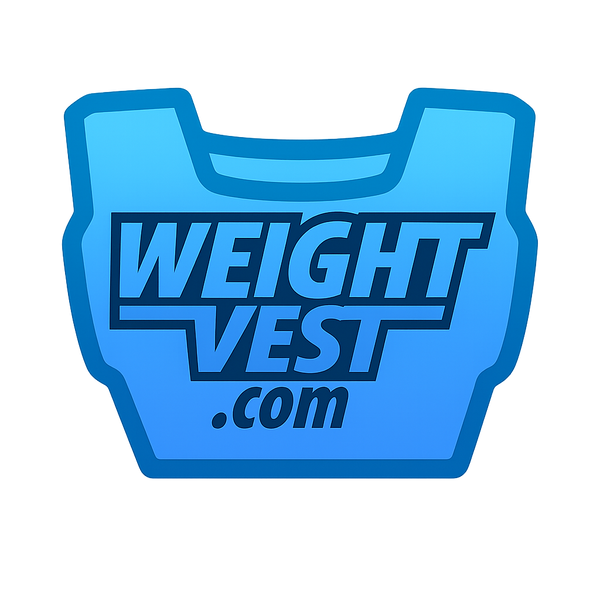Wide, Narrow, and Basketball Shoulders: Differences, Benefits & Drawbacks
Shoulder design changes how a weight vest fits, feels, and performs. Below we compare three common shoulder styles—Wide, Narrow, and Basketball—so you can match your vest to your training.
1) Wide Shoulders
Description: Broad across the top with an ergonomic, angular shape. Ideal for walking, rucking, and running.
- Benefits: Excellent weight distribution for comfort; supports heavier loads; stable, secure feel under weight.
- Drawbacks: Can feel more restrictive during overhead movements.
2) Narrow Shoulders
Description: Cut for maximum arm mobility in overhead exercises.
- Benefits: Freer range of motion for pull-ups, kettlebell swings, and dips; less material between neck and shoulder to reduce rubbing.
- Drawbacks: Not ideal for long-duration wear; less surface area to distribute very heavy loads.
3) Basketball Shoulders
Description: Extra-narrow shoulder cut for court sports (basketball, volleyball, pickleball) and climbing.
- Benefits: Minimal restriction for shooting and rebounding; added padding for comfort; great for rock-climbing training.
- Drawbacks: Very narrow support area—generally not recommended above ~40 lb total vest weight.
Quick Comparison
| Shoulder Style | Best For | Key Benefits | Watch Outs |
|---|---|---|---|
| Wide | Rucking, walks, runs, heavy loads | Top-tier comfort & weight distribution; stable under load | Less overhead mobility |
| Narrow | Pull-ups, kettlebell swings, dips | Maximum shoulder/arm freedom; less fabric near neck | Not ideal for long sessions or heavy loads |
| Basketball | Basketball, volleyball, pickleball; climbing | Ultra-mobile; padded comfort; great for overhead actions | Avoid > ~40 lb total weight |
Which One Should You Choose?
If you carry heavy weight for time, choose Wide. If your training emphasizes overhead mobility, pick Narrow or Basketball.
*Made in Idaho, USA, with USA and global components.

